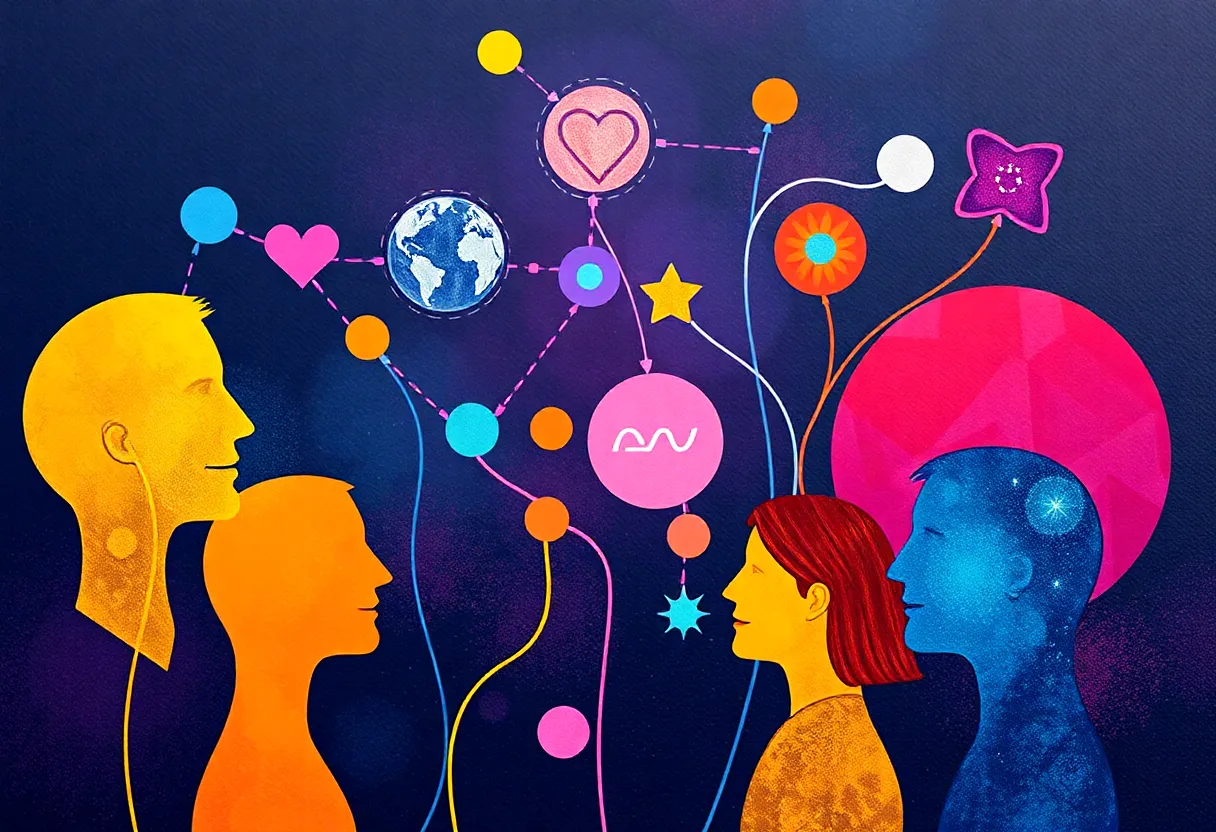Insights from the 20th Annual Forbes CMO Summit
In the bustling city of New York, the 20th Annual Forbes CMO Summit brought together marketing professionals to discuss the pivotal changes needed in today’s marketing strategies. A prominent speaker took to the stage, sharing valuable insights on the importance of recognizing the emotional context of potential customers. The message was clear: it’s time to rethink how we approach marketing.
The Teenage Room Cleaning Analogy
Imagine asking a teenager to clean their room right after they’ve come home from a hectic day. Most parents know that the emotional state of the teenager at that moment is likely not conducive to compliance. This relatable analogy drives home an important point—that the mood a person is in greatly influences their actions and decisions. Just like the teenager, consumers today are also shaped by their emotional context.
Understanding Emotional Context
Marketing often operates on a narrow scope, focusing predominantly on the products and services being sold rather than considering the broader emotional landscape surrounding the consumer. It’s easy to forget that a person’s mood and feelings about life can play a significant role in their purchasing decisions. Many marketers have been overlooking the deeper connection that needs to be established with consumers. When consumers are grappling with feelings of stress, anxiety, and loneliness, it becomes increasingly difficult for brands to penetrate their defenses, regardless of how effective the product may be.
What Neuroscience Reveals
Research in neuroscience reveals a fascinating insight—how we feel can shape our thoughts far more than many of us realize. For instance, when someone is in a good mood, they are more open to new ideas and experiences. In contrast, stress can lead to shorter attention spans, making it challenging for brands to capture consumer interest. What does this mean for marketers? It’s vital to acknowledge that emotions heavily influence how consumers perceive and interact with marketing campaigns.
Current Emotional Climate
As we navigate through these unprecedented times, it’s evident that many people are experiencing negativity on multiple levels. Feelings of fear, uncertainty, and scarcity have taken precedence over hope, connection, and abundance. These emotions are not just fleeting; they are influencing the way people view the world and interact with everything, including brands. Despite the rapidly changing environment, the need for emotional and physical safety remains a consistent drive for all humans.
Shifting Marketing Strategies
The takeaway here is simple but profound: it’s time for marketers to reevaluate their strategies. Instead of solely being customer-centric, marketing needs to become more human-centric. This involves taking a step back and reflecting on the emotional context in which consumers are living. Not only is it about what we sell but also about how we can genuinely resonate with the emotional state of our audience.
A New Year’s Wish for Marketing
As we look toward the future, let’s make it a priority to consider the universal human truths that bind us together, even during times of change. By being aware of the emotional challenges faced by consumers, brands will likely find more resonance in their messaging. This approach fosters connections that can inspire trust and loyalty.
Conclusion
In a world that can often feel overwhelming, effective marketing can be a source of comfort, connection, and even joy. By focusing on the emotions that drive consumer behavior, brands can create more impactful and meaningful marketing campaigns. As we step into a new year, let’s hope more marketers will put these reflections into practice, paving the way for a more considerate, empathetic approach to reaching their audiences.
Author: STAFF HERE NOVI WRITER
The NOVI STAFF WRITER represents the experienced team at HERENovi.com, your go-to source for actionable local news and information in Novi, Oakland County, and beyond. Specializing in "news you can use," we cover essential topics like product reviews for personal and business needs, local business directories, politics, real estate trends, neighborhood insights, and state news affecting the area—with deep expertise drawn from years of dedicated reporting and strong community input, including local press releases and business updates. We deliver top reporting on high-value events such as Motor City Comic Con, Michigan State Fair, and Novi Home and Garden Show. Our coverage extends to key organizations like the Novi Chamber of Commerce and Novi Community Foundation, plus leading businesses in automotive, technology, and manufacturing that power the local economy such as Gentherm, Stoneridge, and Daifuku North America. As part of the broader HERE network, including HEREDetroitMI.com, HEREGrandRapids.com, HERENorthville.com, and HEREPlymouth.com, we provide comprehensive, credible insights into Michigan's dynamic landscape.






